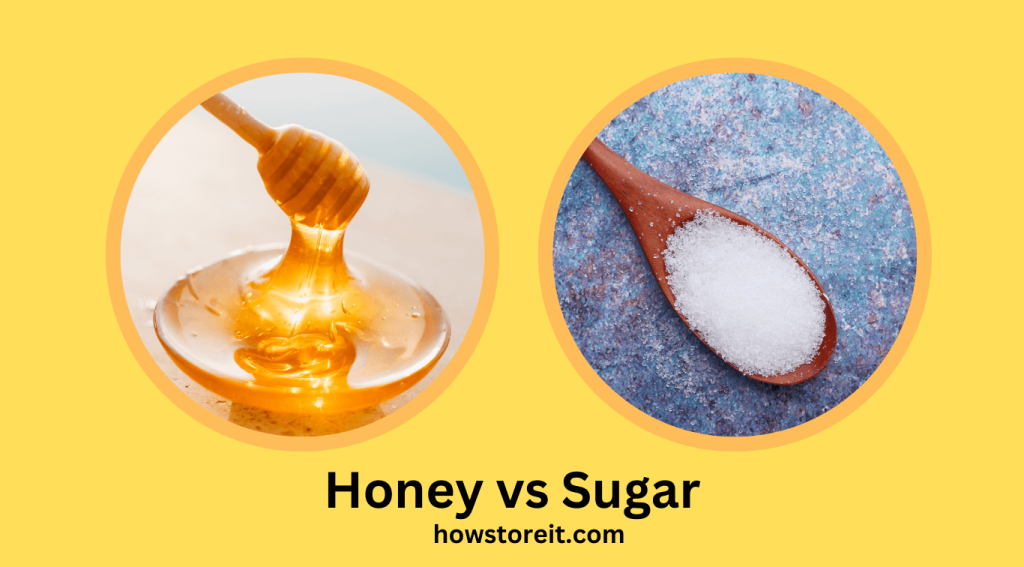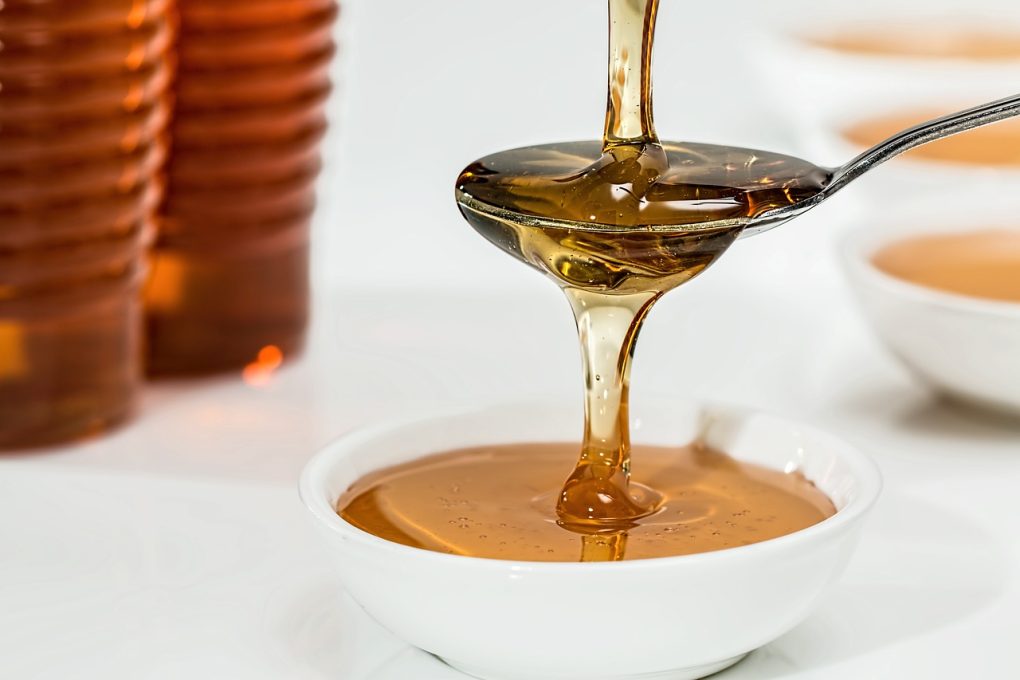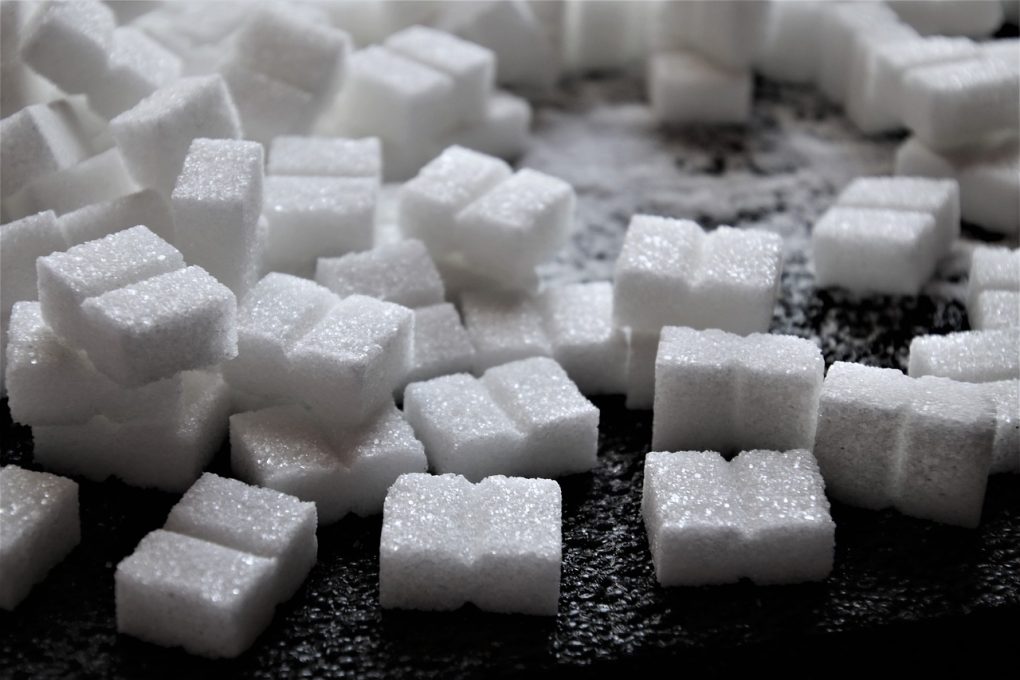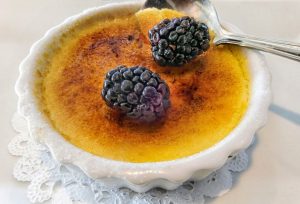
When it comes to sweeteners, honey and sugar are two of the most commonly used. While they both serve the same purpose of sweetening foods and drinks, they differ in taste, nutritional value, and ideal storage conditions. In this article, we’ll take a closer look at honey and sugar, and how to store and keep them fresh.
Honey

Honey is a natural sweetener made by bees from the nectar of flowers.
Bees collect nectar from flowers and transform it into honey through a process of regurgitation and evaporation. Honey has been used as a natural sweetener and medicine for centuries and has a wide range of nutritional and health benefits. Honey comes in different types, including clover, manuka, and wildflower, each with their own unique flavor and aroma. In addition to its use as a sweetener, honey is also used in beauty products, medicinal remedies, and various culinary applications.
Sugar
Sugar is a commonly used sweetener that is made from sugarcane or sugar beets. It comes in various forms, including granulated, brown, and powdered sugar. It is widely used in cooking, baking, and food manufacturing to add sweetness and texture to foods and drinks. While sugar is a popular ingredient, it has also been linked to negative health effects when consumed in excess, such as weight gain and an increased risk of type 2 diabetes. Despite these concerns, sugar remains a versatile and widely used ingredient in many different types of cuisine.
Honey vs Sugar: Key Differences

Nutritional Value
Honey contains small amounts of vitamins and minerals, such as vitamin C, calcium, and iron. It also contains antioxidants and antibacterial properties that can have various health benefits. The nutritional value of honey can vary depending on the type of flower nectar it’s made from.
On the other hand, sugar has no nutritional value and is considered empty calories. Consuming too much sugar has been linked to negative health effects, including weight gain and an increased risk of type 2 diabetes.
Taste
Honey has a unique flavor and aroma that can vary depending on the type of flower nectar it’s made from. It has a sweet, floral taste that is often used in teas, baked goods, and as a natural sweetener for food and drinks.
Sugar, on the other hand, has a neutral flavor and is often used as a general sweetener in recipes. It has a sweet taste but does not have the same unique flavor as honey.
In terms of taste, honey is often considered to be more delicious due to its unique and complex flavor profile. However, taste is subjective, and some people may prefer the neutral sweetness of sugar.
Honey vs Sugar: How to Store

Honey and sugar should be stored separately and differently to maintain their freshness and quality over time. Here are some tips on how to store them according to their characteristics:
Honey
- Keep honey in a cool, dry place: Honey is prone to crystallization when exposed to heat or moisture. Store honey in a cool, dry place, away from direct sunlight and heat sources.
- Use a tightly sealed container: To prevent air and moisture from getting into the honey, use a tightly sealed container. Glass jars with tight-fitting lids are a great option.
- Avoid refrigeration: Honey does not need to be refrigerated. Cold temperatures can cause the honey to crystallize and become hard. Instead, store honey at room temperature.
- Store different types of honey separately: Different types of honey have different moisture levels and can ferment or spoil if stored together. Store each type of honey in a separate container.
Sugar
- Keep sugar in an airtight container: Sugar is prone to absorbing moisture from the air, causing it to clump or harden. Store sugar in an airtight container to prevent moisture from getting in.
- Keep sugar away from heat and humidity: Heat and humidity can cause sugar to clump and harden. Store sugar in a cool, dry place, away from heat sources and moisture.
- Use a moisture absorber: To prevent sugar from clumping, you can use a moisture absorber, such as a silica gel packet or a piece of bread.
- Store brown sugar differently: Brown sugar has a higher moisture content than white sugar and can harden quickly. Store brown sugar in an airtight container with a moisture absorber or add a slice of bread to keep it soft.
Final Thoughts
Both honey and sugar have their own unique characteristics and uses. Honey is a great option for those looking for a natural and healthy sweetener, while sugar is a versatile ingredient that can be used in a variety of recipes. When it comes to storing honey and sugar, it’s important to follow the recommended storage conditions to ensure they stay fresh and delicious. By taking the time to properly store these sweeteners, you’ll be able to enjoy their unique flavors and benefits in your favorite recipes.
FAQ
The best container for storing honey is a glass jar with a tight-fitting lid. Glass is non-porous and won’t absorb flavors or odors from the honey. It’s also important to make sure the lid is airtight to prevent moisture from getting in, which can cause the honey to ferment.
The ideal temperature for storing honey is between 50-70°F (10-21°C). If the temperature is too low, the honey can crystallize and become solid. If the temperature is too high, the honey can lose its flavor and aroma, and may even ferment.
Honey can be stored for long periods of time if it is properly stored in an airtight container at the correct temperature. The natural antibacterial properties of honey help to prevent spoilage, but it’s still important to keep it away from moisture and heat. Honey can potentially last for years, although it may begin to lose its flavor and aroma over time. It’s always a good idea to check the honey before using it if it has been stored for a long time.
Sugar does not spoil, but improper storage can cause it to become lumpy or hard. It may also lose flavor and develop an off odor over time. If sugar appears clean and dry, it is likely still safe to use.
The ideal temperature for storing sugar is room temperature, which is between 60-75°F (15-24°C).


